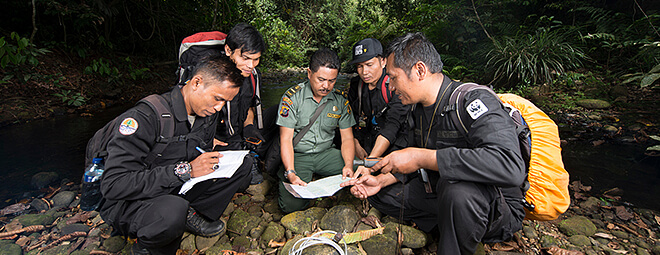Blog - Renewable energy has a strong role in Japan’s energy future
2021/07/26
As Japan considers its energy future, consideration must be given to the scale up of sustainable renewable energy, says Manuel Pulgar-Vidal, Climate & Energy Practice Leader, former Minister of Environment in Peru, President of the UNFCCC’s COP20 and inductee of the Earth Hall of Fame Kyoto.
Japan's new pledge of reducing greenhouse gas (GHG) emissions by 46% or more by 2030 can be achieved with a combination of improved energy efficiency and renewable energy deployment.
I welcome the Japanese government’s new pledges that Japan achieve carbon neutrality in 2050 and reduce 46% or more GHG emissions by 2030 with a higher ambition of aiming for 50%. In the past international negotiations, Japan has been criticized as a country promoting coal-fired power at the UNFCCC while discussing the implementation of the Paris Agreement. I hope Japan will lead the movement towards a decarbonized society from now on. To that end, it is essential to clarify concrete measures on how to halve emissions by 2030. The key is to show the path of energy transition because energy-related CO2 emissions are responsible for nearly 90% of its domestic GHG emissions in Japan.
Some say that it is very difficult to further reduce GHG emissions because energy efficiency measures in Japan have already reached the highest level in the world. In addition, there is little space left to establish new renewable energy facilities on this small island. But, since the introduction of the Feed-in Tariff scheme, renewable energy deployment has increased significantly, and its future potential is also high. According to a calculation by the Research Institute for Systems Technology commissioned by WWF-Japan, by 2030, it will be possible to save more than 20% of energy compared to 2015 by existing energy efficiency technology such as inverters, high-efficiency lighting, progress in heat insulation of buildings, and so on. This figure is twice the energy efficiency target under the Japanese government’s current Strategic Energy Plan. Energy efficiency investment will also reduce the cost of imported fossil fuels, which costs 15 to 20 trillion yen annually. Energy efficiency is still the most cost-effective economic measure with fast recovery of investment.
According to the survey conducted by the Ministry of the Environment and research reports by several private organizations, it has been noted that solar power generation and wind power generation have sufficient potential to meet the entire electricity demand required in Japan. WWF estimates that by 2030, 160 million kW of solar power generation and 42 million kW of wind power can be introduced. At the same time, by increasing the operating rate of liquid natural gas (LNG) thermal power plants while eliminating coal-fired power, it is possible to fully meet the power demand without any imbalance. This was verified by an hourly 365-day simulation using AMeDAS meteorological data. The nuclear power ratio is expected to be around 2% in 2030, well considering the current situation where less than ten nuclear power plants are in operation. All in all, it will be possible to reduce national CO2 emissions by about 50% by 2030. The additional cost required for improved energy efficiency and additional renewable energy is equivalent to 1% of Japan’s annual GDP, and most of the investment circulates domestically to benefit the domestic economy.
After 2030, innovation will be needed for fuels and industrial high heat demand that are difficult to decarbonize with current technology. Firstly, it is essential to electrify fuel demand as much as possible. Then, using the surplus electricity that is to be generated when matching variable renewable power with the electricity demand, we can produce green hydrogen by electrolysis of water. By satisfying fuel and heat demand with this hydrogen, the realization of carbon neutrality in 2050 will be possible.
The Japanese government is at a crossroads. What is important now is to give clear guidance to the Japanese industry by facing up to what is needed to ensure a reduction of more than 46% by 2030, clearly distinguishing them from long-term innovation to aim for carbon neutrality by 2050. Both of these short- and long-term paths, to 2030 and to 2050 respectively, should be made known as soon as possible.
As the chair of COP20, who paved the way for the Paris Agreement, I have high expectations for Japan's leadership, and hope the revised Nationally Determined Contribution still to be submitted to the UN will reflect the important role of renewable energy in meeting emissions targets.







